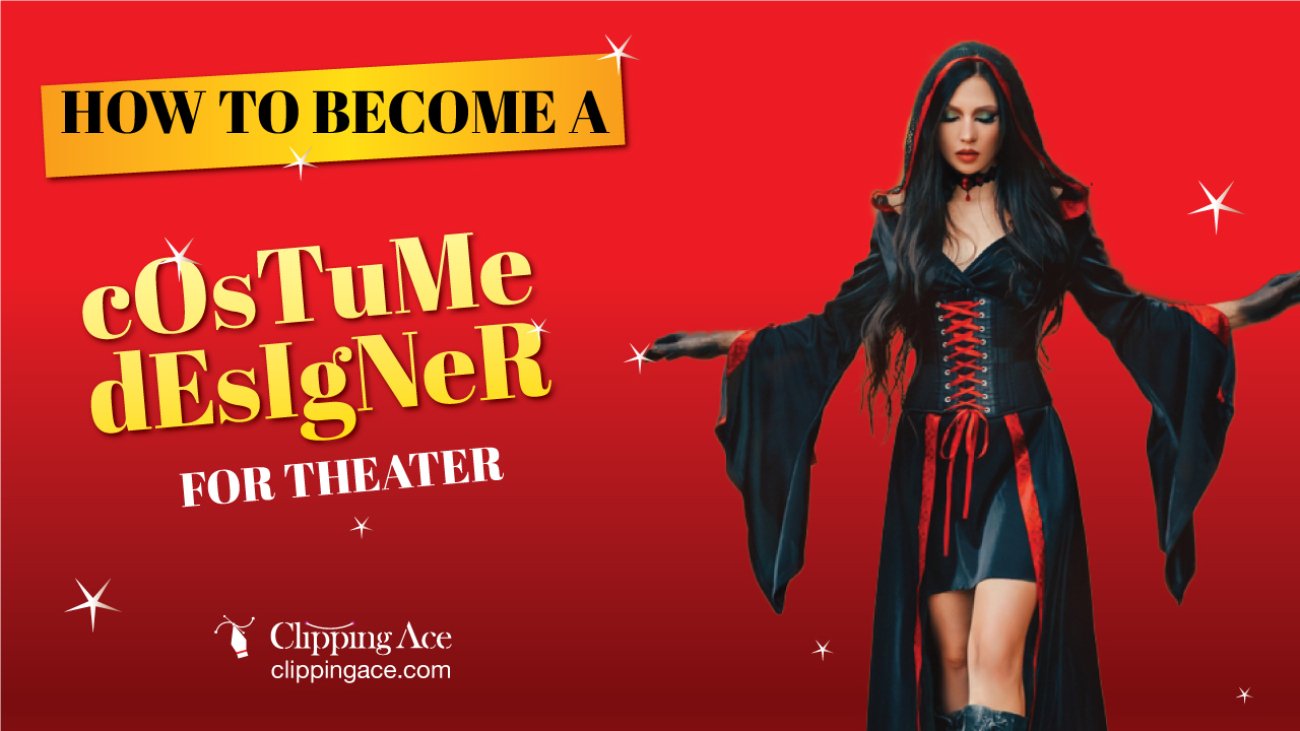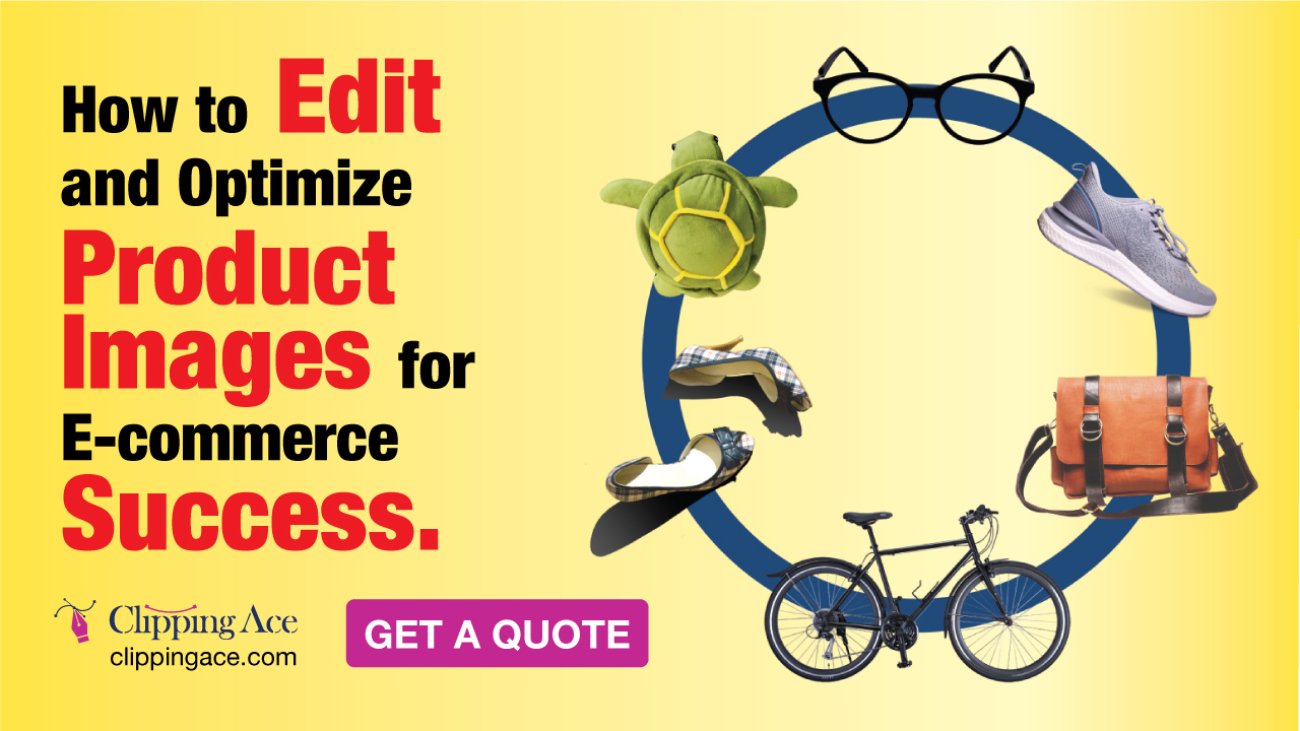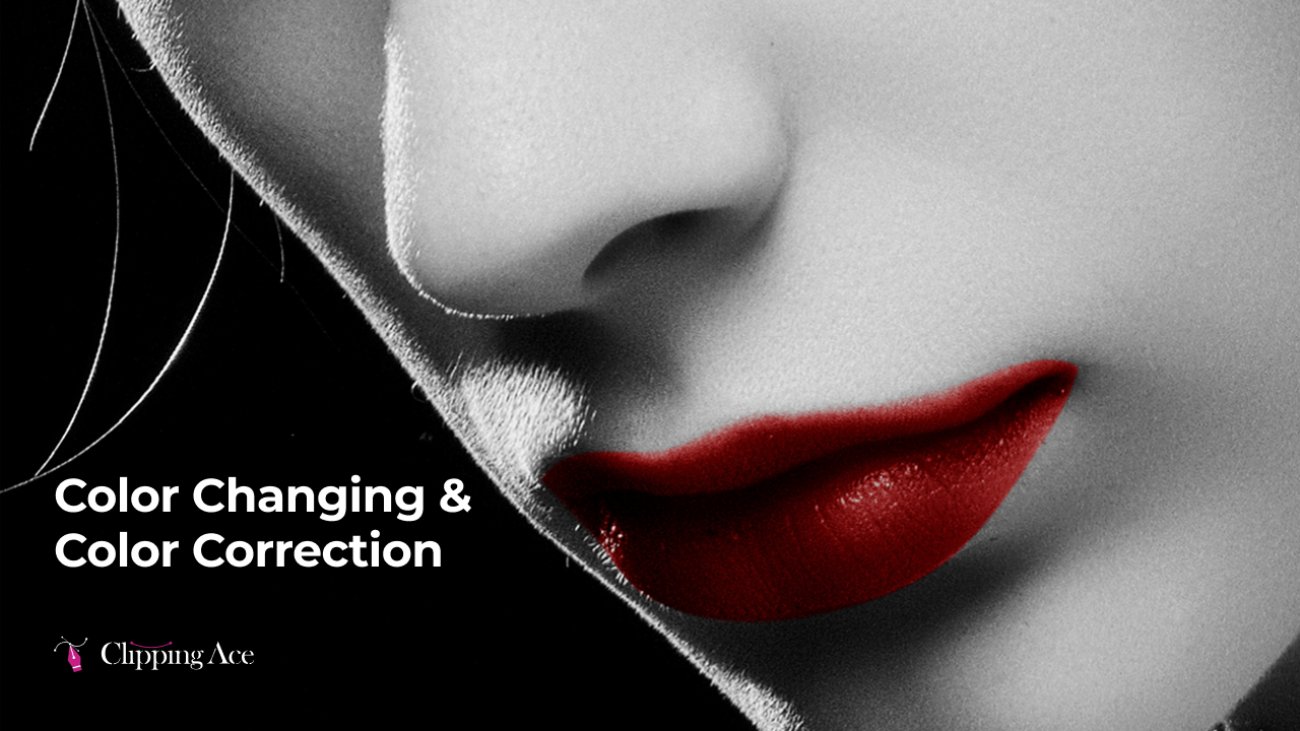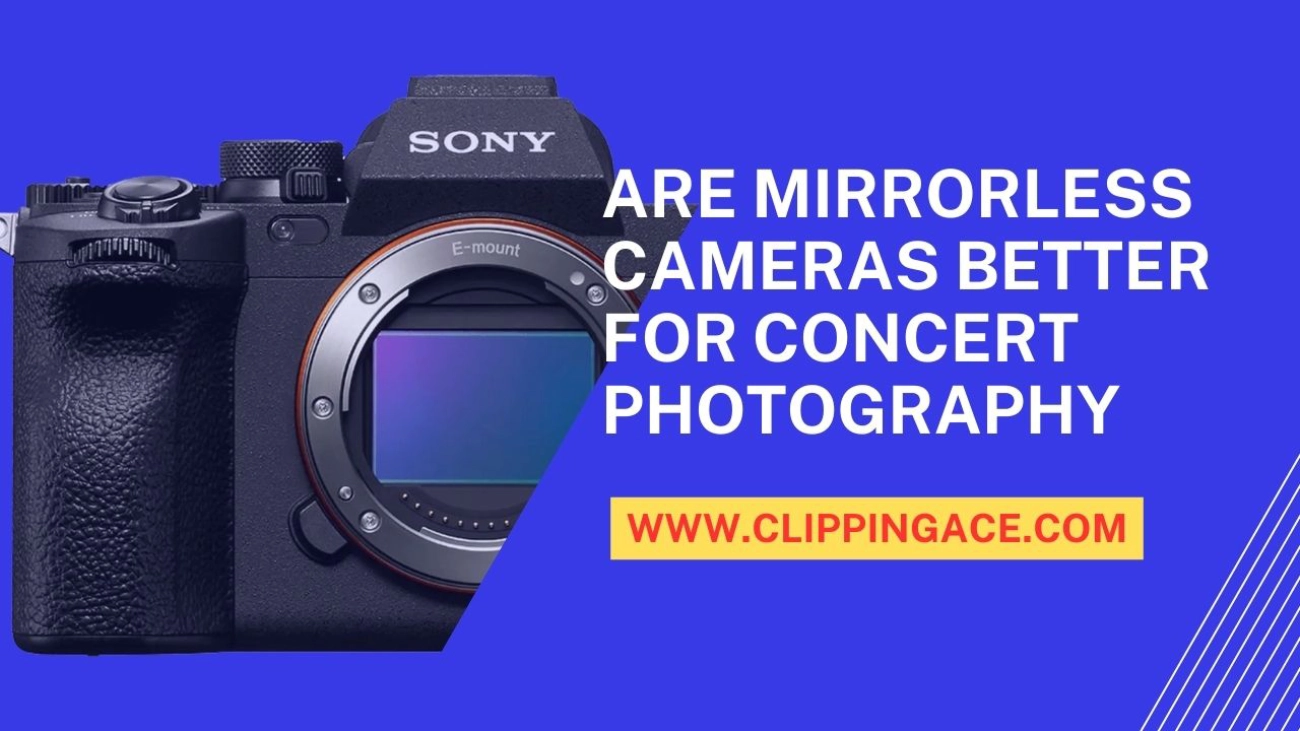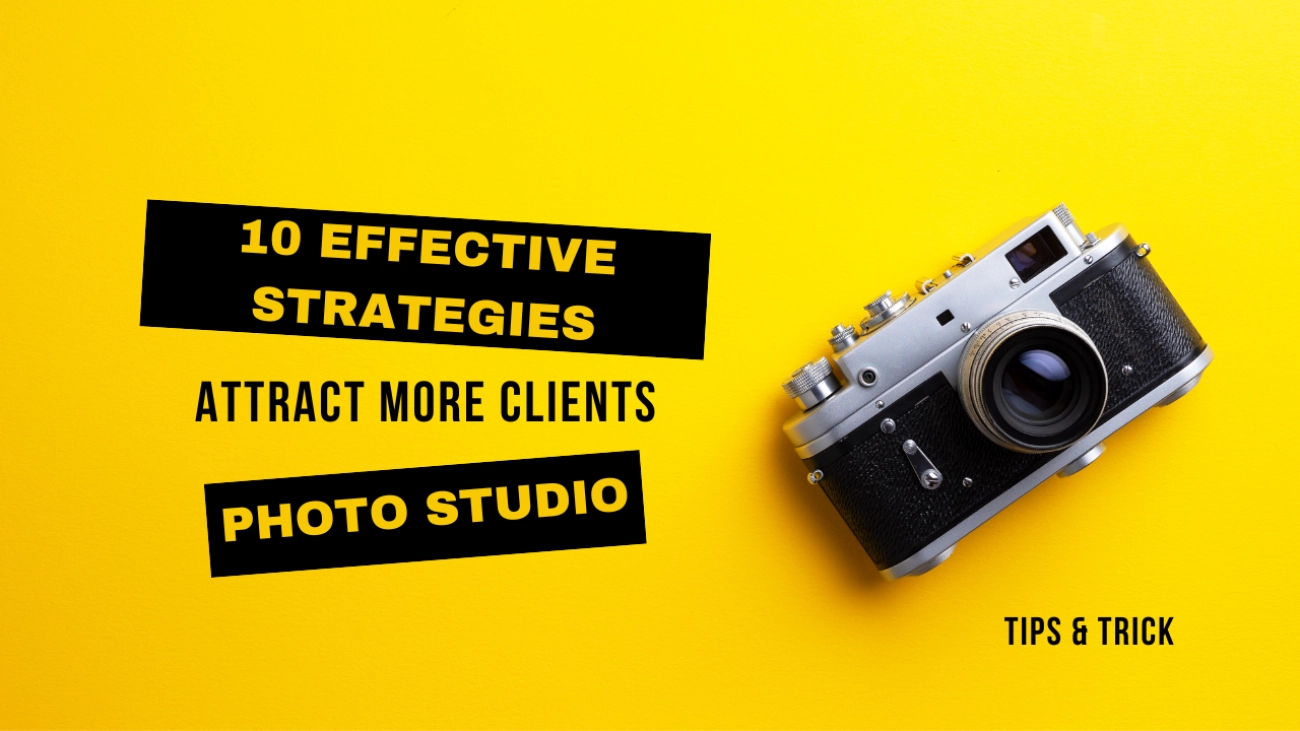Introduction I’ve always been interested in the costume design world as a passionate theater enthusiast. The art of convincingly making actors look like the characters they play is a real craft. If you feel the same way and want to pursue a career in the ...
Clipping Ace | Image Editing Services-Best Photo Clipping Path
Clipping Path Solutions for E-commerce, Photography, Marketing, Online Ventures, and Graphic Design Precision
